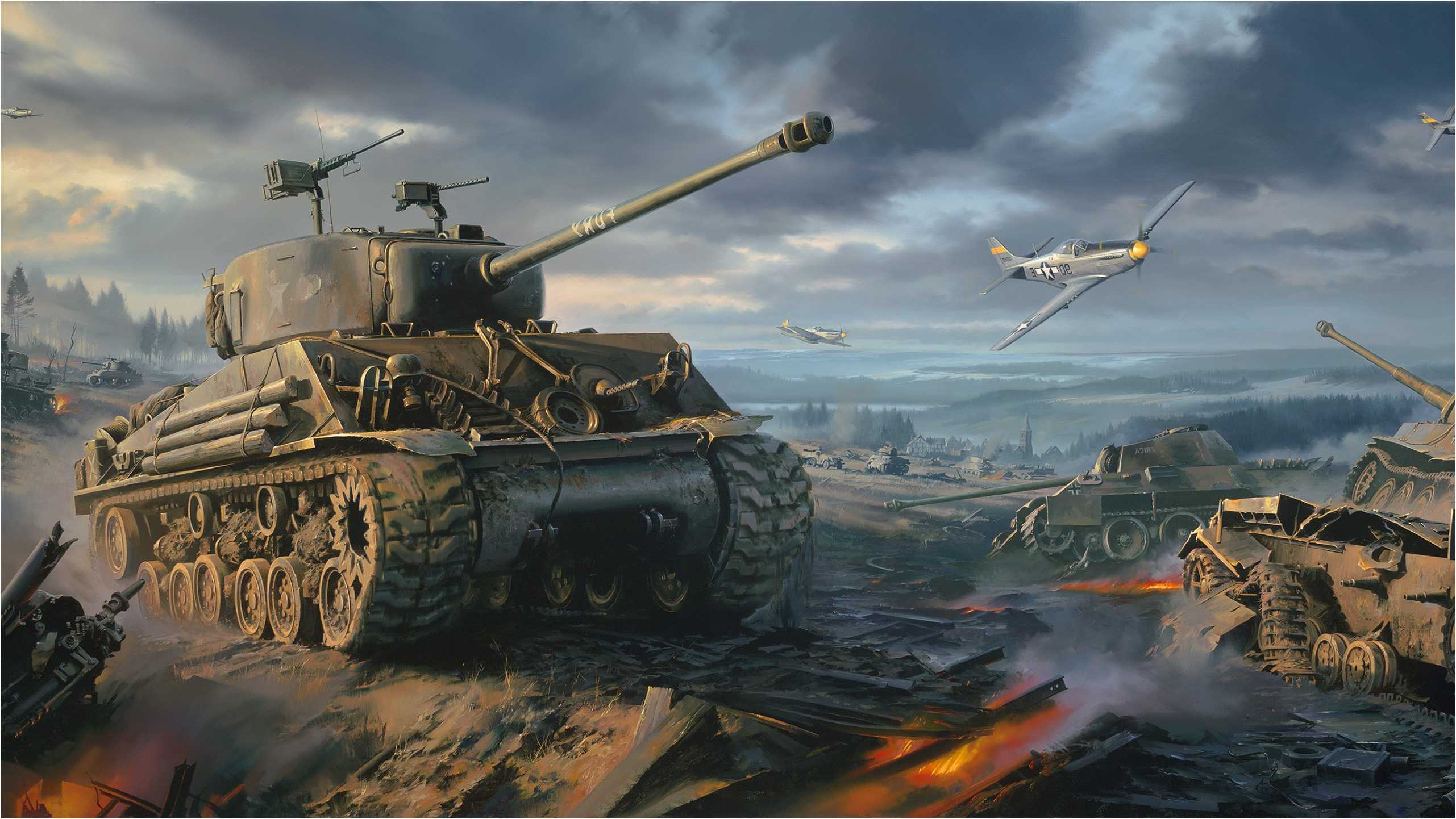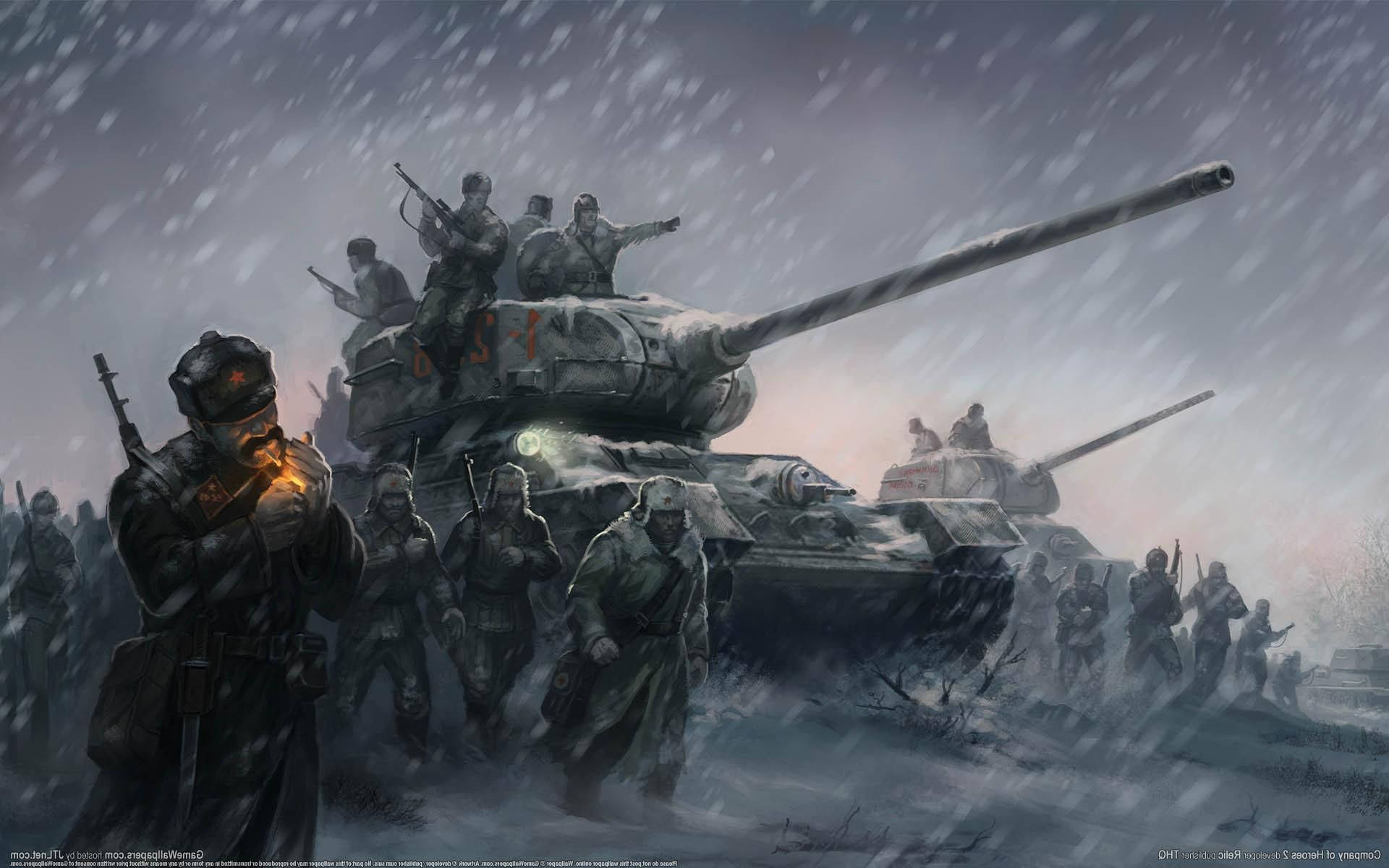Historical Significance

Ww2 wallpaper – World War II, also known as the Second World War, was a global war that lasted from 1939 to 1945, involving the vast majority of the world’s countries—including all of the great powers—forming two opposing military alliances: the Allies and the Axis.
It was the most widespread war in history, with more than 100 million people mobilized in more than 30 countries. The major participants threw their entire economic, industrial, and scientific capabilities behind the war effort, blurring the distinction between civilian and military resources. World War II was the deadliest conflict in human history, marked by 50 to 85 million fatalities, most of whom were civilians in the Soviet Union and China.
The war began in 1939 after several years of tension between the major powers, including the rise of fascism in Europe and the invasion of Manchuria by Japan in 1931.
The war ended in 1945 with the unconditional surrender of Japan after the atomic bombings of Hiroshima and Nagasaki. The war had a profound impact on the world, leading to the downfall of the Axis powers, the rise of the United States and the Soviet Union as superpowers, and the creation of the United Nations.
Major Events
- The invasion of Poland by Nazi Germany on September 1, 1939, which marked the beginning of the war.
- The Battle of Britain, in which the Royal Air Force defeated the German Luftwaffe, preventing a German invasion of Britain.
- The attack on Pearl Harbor by Japan on December 7, 1941, which brought the United States into the war.
- The Battle of Stalingrad, in which the Soviet Red Army defeated the German Wehrmacht, marking a turning point in the war on the Eastern Front.
- The D-Day landings on June 6, 1944, in which Allied forces landed on the beaches of Normandy, France, beginning the liberation of Western Europe.
- The atomic bombings of Hiroshima and Nagasaki in August 1945, which led to the surrender of Japan and the end of the war.
Key Battles and Turning Points
- Battle of Britain (1940): The Royal Air Force (RAF) defeated the German Luftwaffe, preventing a German invasion of Britain.
- Battle of Stalingrad (1942-1943): The Soviet Red Army defeated the German Wehrmacht, marking a turning point in the war on the Eastern Front.
- Battle of Midway (1942): The US Navy defeated the Imperial Japanese Navy, marking a turning point in the war in the Pacific.
- D-Day landings (1944): Allied forces landed on the beaches of Normandy, France, beginning the liberation of Western Europe.
- Battle of the Bulge (1944-1945): The last major German offensive on the Western Front, which was defeated by the Allies.
Timeline, Ww2 wallpaper
- 1939: Germany invades Poland, beginning the war.
- 1940: The Battle of Britain, the Battle of France, and the Battle of Dunkirk.
- 1941: Germany invades the Soviet Union, Japan attacks Pearl Harbor, and the United States enters the war.
- 1942: The Battle of Midway, the Battle of Stalingrad, and the Battle of El Alamein.
- 1943: The Battle of Kursk, the Allied invasion of Italy, and the Tehran Conference.
- 1944: The D-Day landings, the liberation of Paris, and the Battle of the Bulge.
- 1945: The Battle of Iwo Jima, the Battle of Okinawa, the atomic bombings of Hiroshima and Nagasaki, and the surrender of Japan.
Impact on Society: Ww2 Wallpaper

World War II left an indelible mark on global society, shaping its social and economic fabric in profound ways.
Economically, the war stimulated industrial production and technological innovation. Governments invested heavily in war industries, leading to advancements in areas such as aircraft manufacturing, shipbuilding, and electronics. This surge in economic activity helped pull many countries out of the Great Depression.
Role of Women and Minorities
The war also had a significant impact on the role of women and minorities in society. With men away fighting, women took on new roles in the workforce, filling jobs traditionally held by men. This led to increased economic independence for women and challenged traditional gender roles.
Similarly, minorities also played a vital role in the war effort, serving in both combat and non-combat roles. Their contributions helped break down racial and ethnic barriers and paved the way for greater civil rights in the postwar era.
Long-Term Consequences
The long-term consequences of World War II were far-reaching and complex.
- Political and Economic Restructuring: The war led to the redrawing of political boundaries, the creation of new international organizations (e.g., the United Nations), and the rise of the United States and the Soviet Union as superpowers.
- Technological Advancements: The war accelerated the development of new technologies, including radar, jet aircraft, and the atomic bomb. These advancements had a profound impact on warfare and civilian life.
- Social and Cultural Changes: The war brought about significant social and cultural changes, including increased urbanization, the rise of consumerism, and the emergence of new social movements.
Kalian tau gak sih kalau sekarang lagi musim banget pake wallpaper WW2 di handphone? Keren banget deh gambarnya, kayak kita lagi ada di tengah-tengah perang gitu. Tapi kalau kalian bosen sama wallpaper WW2, coba deh ganti pake iphone 14 pro wallpaper.
Dijamin kece badai, apalagi kalau kalian pake iPhone 14 Pro. Tapi balik lagi ke wallpaper WW2, menurut gue gambarnya emang keren banget. Jadi, kalian mau pake wallpaper WW2 atau iphone 14 pro wallpaper nih?
Bro, kalau kalian bosen sama wallpaper perang dunia II, ganti aja sama yang lain. Gimana kalau coba door mirror ? Keren banget buat ngaca sebelum berangkat perang, apalagi kalau musuh lo cuma lalat. Habis itu, pasang lagi wallpaper perang dunia II, biar semangat juangnya makin berkobar!